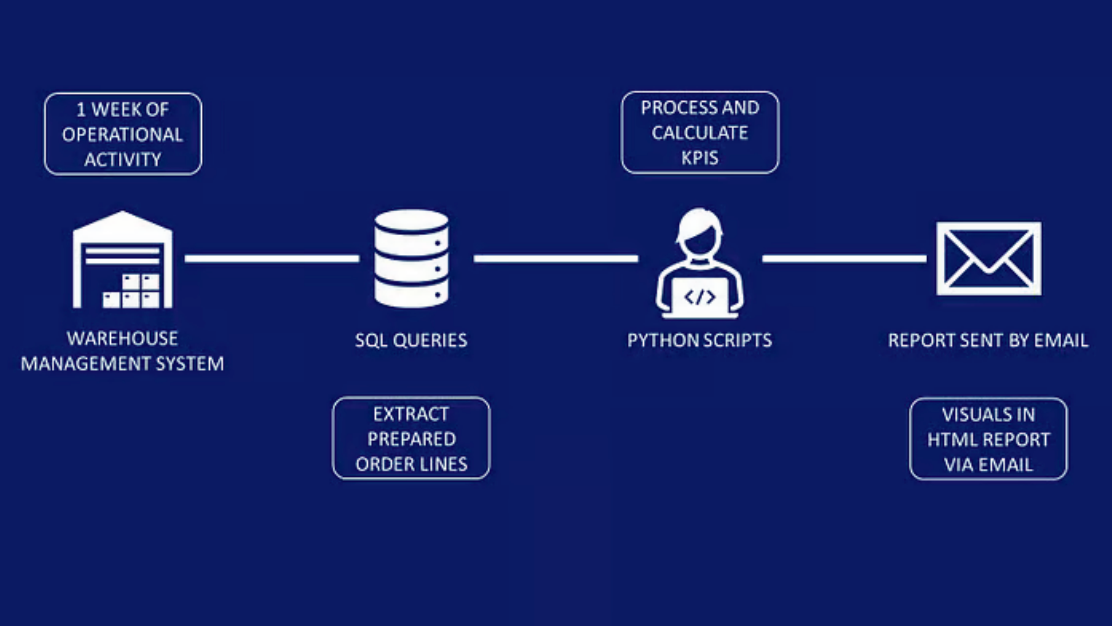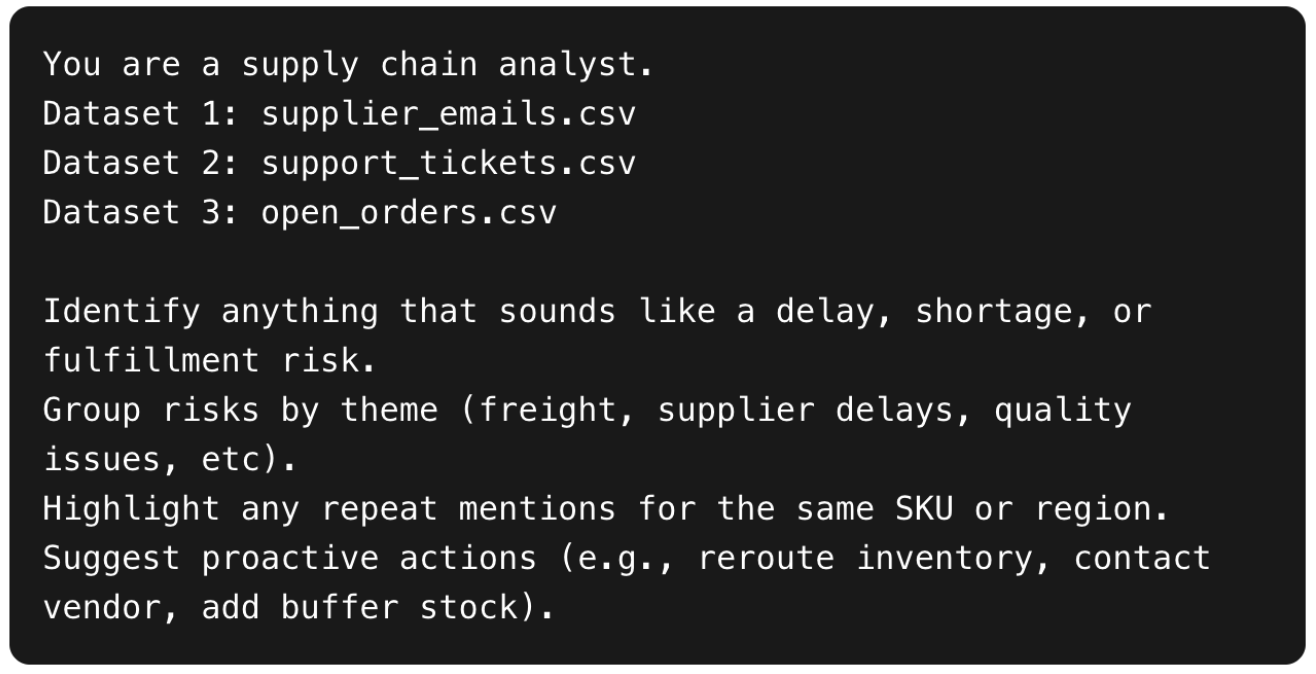
June 27, 2025
Y Meadows

Let’s clear something up:
Despite the hype, large language models (LLMs) aren’t going to replace your supply chain planning software.
They’re not going to:
But here’s what they can do better than any dashboard:
Supply chains don’t break from one big thing. They break from twenty small things that no one caught in time.
LLMs help you spot those signals early, before you’re fighting fires with half your team out sick.
Here’s what that looks like in practice:
A supplier email says:
“Due to the weather event last week, we’re still assessing facility damage. Expect minor delays.”
→ Your dashboard doesn’t see it. The LLM does.
Two customer tickets flag backorders for the same SKU in the same region.
→ LLM groups them and pings your fulfillment team.
A freight partner quietly notes “lane constraints due to port congestion.”
→ LLM interprets the risk and escalates it before your Monday meeting. Traditional tools give you structured data. LLMs give you interpreted insight.
Try this AI workflow before your next QBR.
📂 Step 1: Gather the raw signals
Export the following:
💬 Step 2: Load into your LLM of choice
Use this prompt:

📈 Step 3: Review the output
This is how teams are using LLMs to replace inbox spelunking with clear, prioritized insight.
Operations leaders don’t need another dashboard. You need early warning systems.
Right now, your team spends hours:
That time adds up—and worse, it slows down response when speed matters most.
LLMs help your team:
If you're drowning in manual order entry, missing early warning signs, or just tired of fighting the same ops fires every quarter...
It’s time.
We’ll show you how AI-powered order management can:
Want an AI that speaks fluent supply chain?